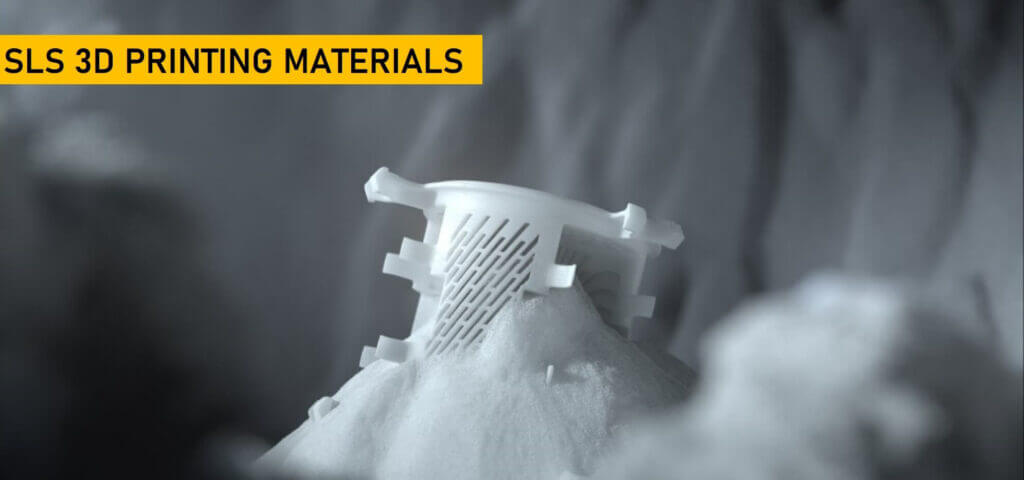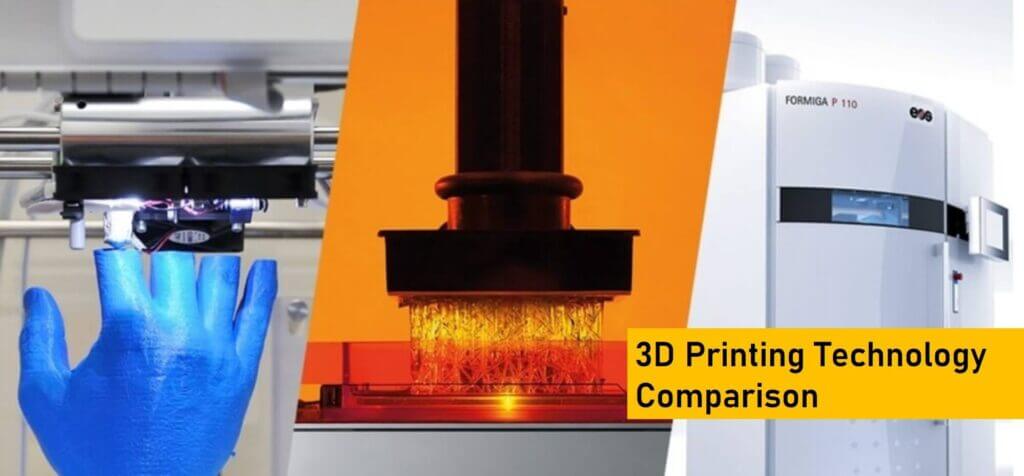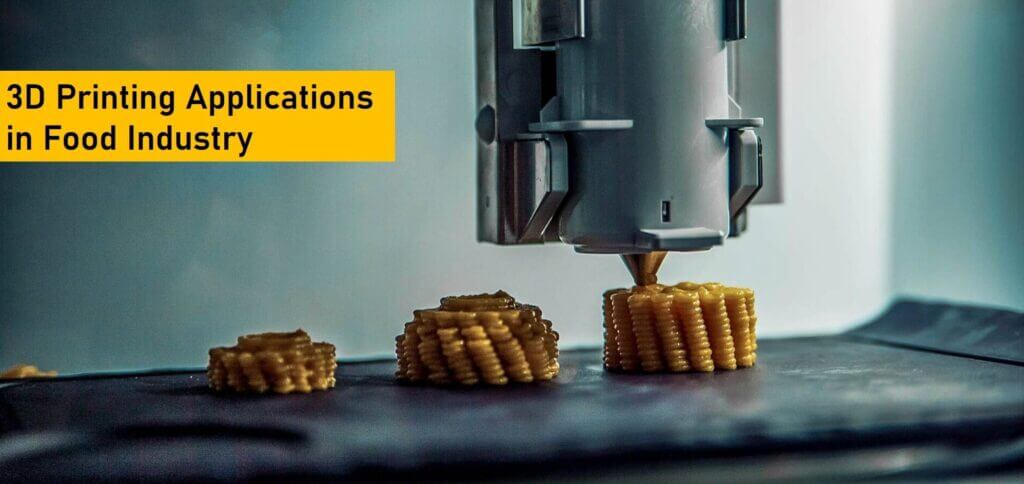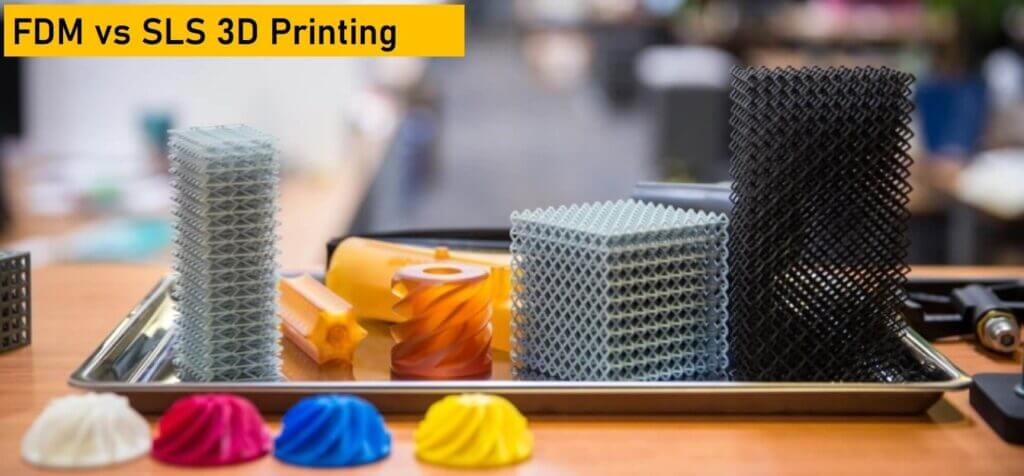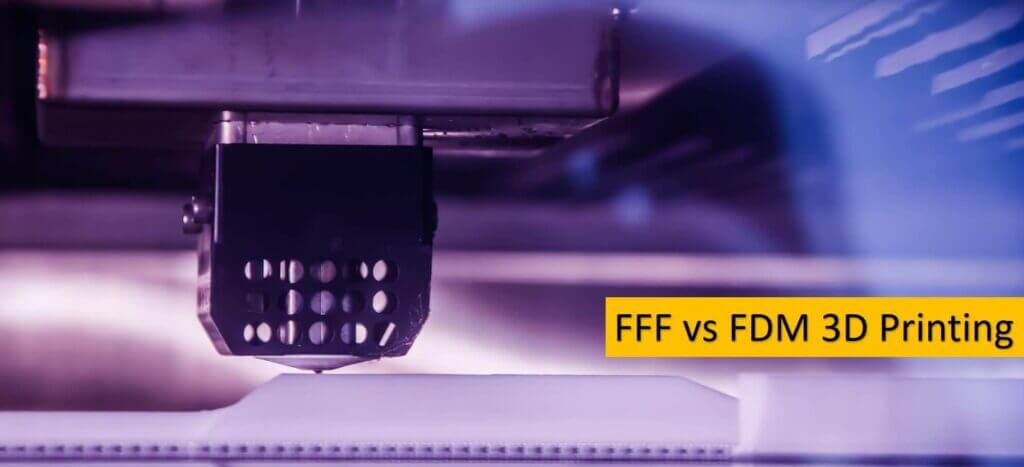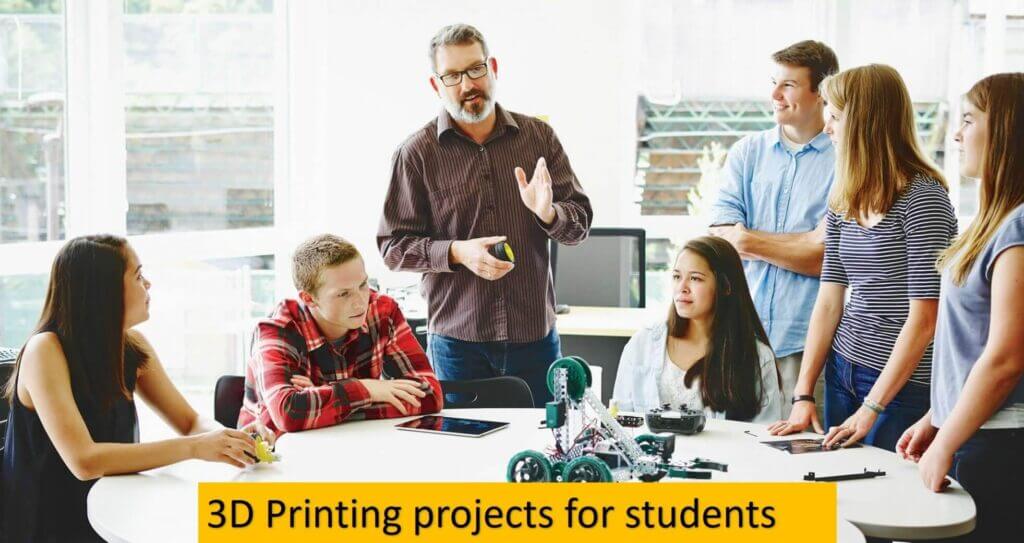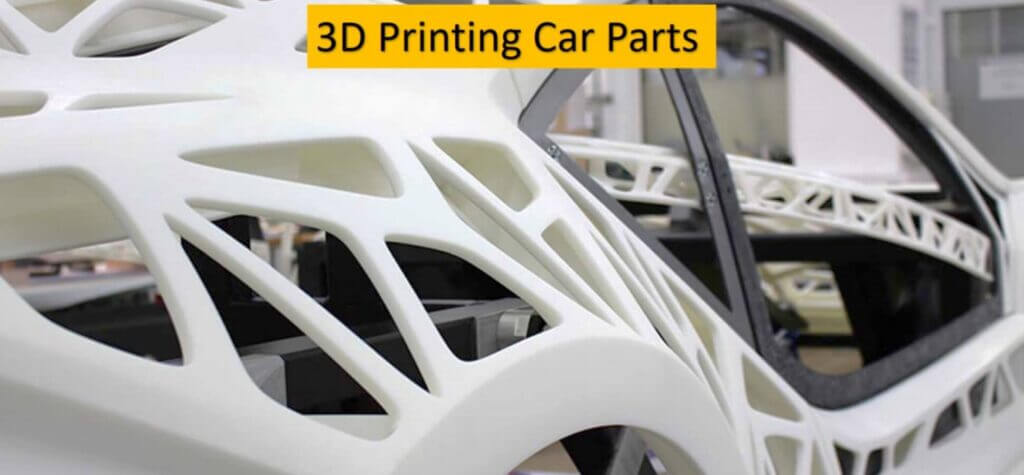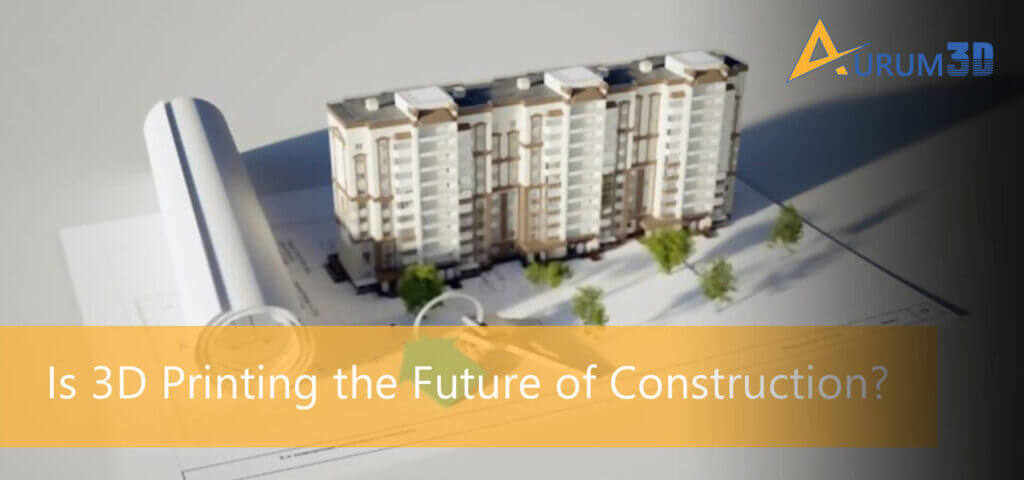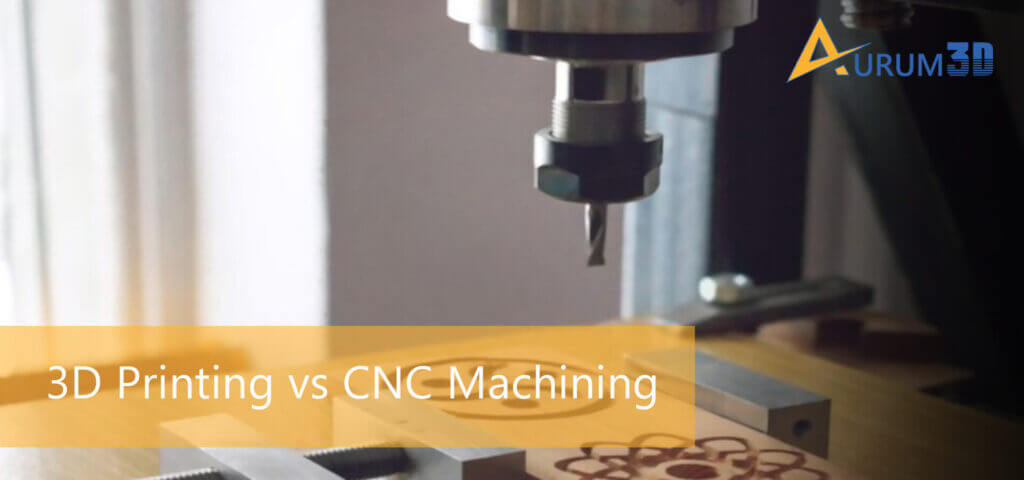SLS 3D Printing Materials
3D printing technologies differ from each other in many categories including materials or filaments. Selective Laser Sintering (SLS), unlike other widely used 3D printing technology, produces product prototypes and end parts by sintering thermoplastic powder. An SLS printer forms solid parts by sintering and fusing thermoplastic powder using a high-power laser. The thermoplastic powder makes …

